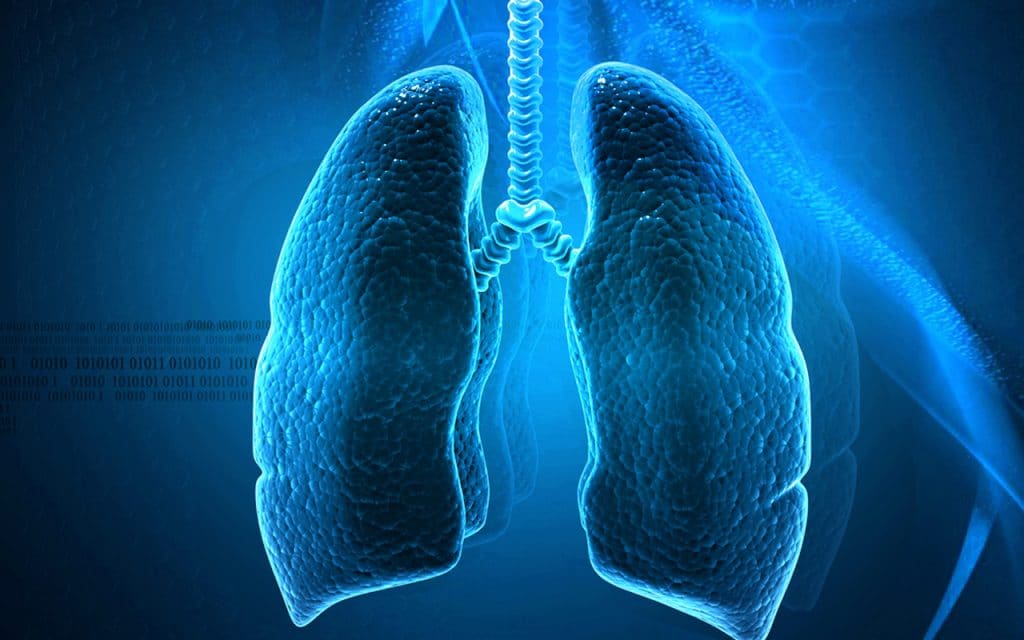Biomarkers for Adverse Lung Injury Following Pediatric Cardiopulmonary Bypass

Objectives
Cardiopulmonary bypass triggers systemic inflammation, resulting in lung injury, and frequently leads to prolonged mechanical ventilation. Biomarkers of systemic inflammation are required to predict the risk of such complications. We hypothesize that specific serum proteins can be used as biomarkers to predict the severity of lung injury following cardiac surgery.
Design
Retrospective chart review study.
Setting
Clinical variables were collected and used in conjuncture with unbiased proteomic analysis using mass spectrometry that was performed on frozen plasma samples from a study group (patients with mechanical ventilation > 48 hr post surgery) and a control group (patients with mechanical ventilation < 48 hr post surgery).
Subjects
Subjects included were infants who underwent cardiac surgery with similar complexity (Society of Thoracic Surgeons-European Association for Cardiothoracic Surgery 3 or 4) using cardiopulmonary bypass. Patients in both groups were matched for their weight, age, and duration of cardiopulmonary bypass.
Intervention
None.
Measurements and Main Results
Four-hundred eighty-three proteins were identified (99% minimum confidence and two peptides minimum, protein false discovery rate 0.1%) on proteomic analysis of four control and four study patients at precardiopulmonary bypass, 0, and 48 hours postcardiopulmonary bypass samples. Thirty-six of 178 proteins were significantly different (≥ 1.5-fold; p < 0.05) at precardiopulmonary bypass (top increased: tenascin; top decreased: tetranectin), 18 of 140 proteins at 0 hour (top increased: hemoglobin beta; top decreased: C8 beta), and 25 of 166 proteins at 48 hours post surgery (top increased: proteoglycan 4; top decreased: galectin-3–binding protein). The top pathway involved cytoskeleton remodeling. Other pathways involved immune response and blood coagulation. Proteoglycan 4 was validated by enzyme-linked immunosorbent assay in a different set of samples (n = 20/group; mean ± sd: 128 ± 67 vs 195 ± 160 ng/mL) (p = 0.037).
Conclusions
Multiple proteomic biomarkers were associated with worse respiratory outcomes. Precardiopulmonary bypass biomarkers might indicate risk factors (e.g., abnormalities of coagulation), whereas those identified at 0 hour and post cardiopulmonary bypass may reflect mechanisms of ongoing pathobiology.
